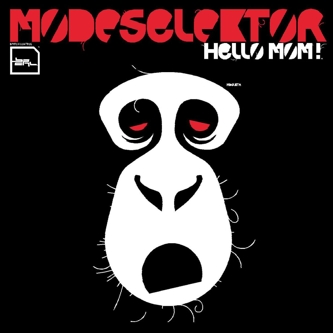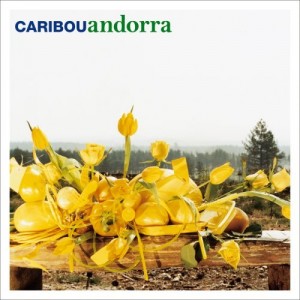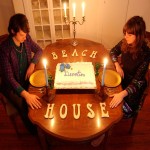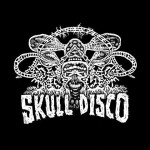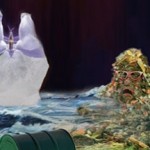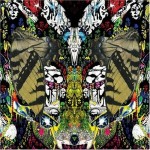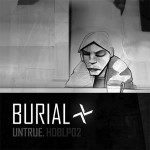Feature
URB
April 2008
Link
If music trends in Morocco came up in conversation, many Americans might sheepishly inquire if things are still kicking at Rick’s Café. Outside of select examples like Led Zeppelin’s “Kashmir,” popular culture in the States tunes out this North African nation’s music.
But the cultural exchange rate looks different when viewed from overseas. Hip-hop has taken root in a country of crowded souks and chanting imams. In 2005, a three-city festival in Meknes, Marrakesh and Casablanca called I Love Hip Hop in Morocco attracted more than 30,000 fans eager to see homegrown talent. Artists such as DJ Key, H-Kayne, Fnaire and MC Bigg showcased their personal spins on the genre.
“It was the first event that got us all together performing on one stage, where only hip-hop was representing,” says Ouassim Addoula, a festival performer who raps under the name Brownfingaz.
In-between bouts of raucous applause, many rappers politely thanked the U.S. Embassy. The gratuity was an acknowledgement of support, since the Embassy pitched in roughly $15,000 of discretionary funding for the event (co-sponsor Coca-Cola provided the rest).
“Everything was positive and we got no negative feedback,” says Terry White, a career U.S. diplomat and, at the time, the Cultural Affairs Officer at the Embassy in Morocco, who funded the festival. “There were American flags at all three concerts that spontaneously appeared, were right side up and not on fire.”
Read more…

